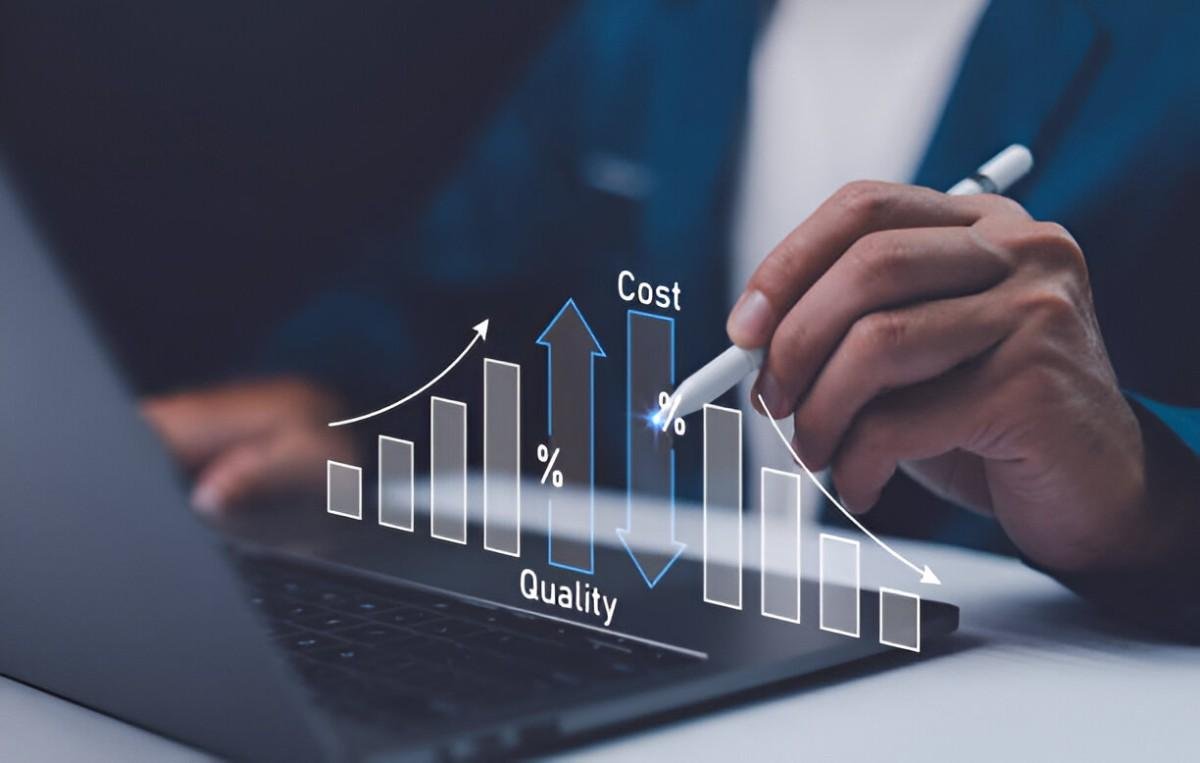Running a business means keeping a close eye on expenses. One of the most critical aspects of financial management is understanding operating costs. Whether you’re a small business owner, an aspiring entrepreneur, or a finance student, grasping these costs helps in budgeting, pricing, and profitability analysis. In this guide, I break down everything you need to know about operating costs—what they are, how to calculate them, and why they matter.
Table of Contents
What Are Operating Costs?
Operating costs, also called operational expenses (OPEX), are the day-to-day expenses a business incurs to keep running. These include rent, utilities, payroll, and supplies—anything necessary for normal business operations. Unlike capital expenditures (CAPEX), which cover long-term investments like machinery or property, operating costs are recurring and directly tied to revenue generation.
Fixed vs. Variable Operating Costs
Operating costs fall into two main categories:
- Fixed Costs – Expenses that remain constant regardless of production or sales volume. Examples:
- Rent
- Salaries (for permanent staff)
- Insurance premiums
- Variable Costs – Expenses that fluctuate with production or sales. Examples:
- Raw materials
- Sales commissions
- Shipping fees
Some costs are semi-variable, meaning they have both fixed and variable components. A classic example is a utility bill with a base fee plus usage charges.
Why Operating Costs Matter
High operating costs can eat into profits, while low costs may indicate underinvestment in growth. Here’s why tracking them is crucial:
- Pricing Strategy – Knowing your costs helps set competitive yet profitable prices.
- Budgeting – Accurate cost forecasting prevents cash flow shortages.
- Investor Confidence – Investors scrutinize OPEX to assess efficiency.
- Tax Deductions – Many operating expenses are tax-deductible.
Calculating Operating Costs
The basic formula for total operating cost (TOC) is:
TOC = \text{Fixed Costs} + \text{Variable Costs}Example Calculation
Let’s say I run a small bakery. My monthly costs are:
- Fixed Costs
- Rent: $1,500
- Salaries: $3,000
- Insurance: $200
- Variable Costs
- Flour, sugar, etc.: $800
- Packaging: $300
- Utilities (electricity, water): $250
Plugging these into the formula:
TOC = \$1,500 + \$3,000 + \$200 + \$800 + \$300 + \$250 = \$6,050This means my bakery spends $6,050 per month just to stay open.
Operating Cost Ratio
A useful metric is the Operating Cost Ratio (OCR), which shows efficiency:
OCR = \left( \frac{\text{Operating Costs}}{\text{Revenue}} \right) \times 100If my bakery generates $10,000 in monthly revenue:
OCR = \left( \frac{\$6,050}{\$10,000} \right) \times 100 = 60.5\%A lower OCR means higher profitability. Industries differ, but generally, an OCR below 80% is healthy.
Common Types of Operating Costs
Below is a breakdown of typical operating expenses across industries:
| Category | Examples | Fixed or Variable? |
|---|---|---|
| Labor | Wages, benefits, payroll taxes | Fixed (salaried staff) / Variable (hourly workers) |
| Rent & Utilities | Lease payments, electricity, water | Fixed (rent) / Semi-variable (utilities) |
| Marketing | Advertising, promotions | Variable (scales with campaigns) |
| Supplies | Office materials, raw ingredients | Variable (depends on production) |
| Insurance | Liability, property insurance | Fixed (premiums) |
| Depreciation | Equipment wear and tear | Fixed (amortized over time) |
Managing Operating Costs
1. Negotiate with Suppliers
- Bulk discounts can reduce material costs.
- Long-term contracts may lock in lower rates.
2. Optimize Labor Costs
- Cross-train employees to handle multiple roles.
- Use part-time or freelance workers during peak seasons.
3. Adopt Technology
- Automation reduces manual labor costs.
- Cloud software cuts IT infrastructure expenses.
4. Monitor Waste
- Track inventory to avoid overstocking.
- Energy-efficient appliances lower utility bills.
5. Outsource Non-Core Functions
- Accounting, IT, or customer service can be outsourced for cost savings.
Real-World Example: Reducing Operating Costs
A local café noticed its OCR was 75%, higher than the industry average of 65%. After analyzing expenses, the owner:
- Switched to a cheaper coffee bean supplier (saving $200/month).
- Installed LED lights (cut electricity bills by 15%).
- Reduced staff hours during slow periods (saving $500/month).
Within three months, the OCR dropped to 68%, boosting net profits.
Operating Costs vs. Capital Expenditures
It’s easy to confuse OPEX with CAPEX. Here’s the difference:
| Factor | Operating Costs (OPEX) | Capital Expenditures (CAPEX) |
|---|---|---|
| Duration | Short-term (monthly/yearly) | Long-term (multi-year) |
| Tax Treatment | Fully deductible in the same year | Depreciated over several years |
| Examples | Rent, salaries, utilities | Machinery, buildings, vehicles |
Industry-Specific Operating Costs
Different sectors have unique cost structures:
Retail
- High variable costs (inventory, staffing).
- Prime locations increase rent expenses.
Manufacturing
- Significant raw material and labor costs.
- Equipment maintenance adds to OPEX.
Service-Based Businesses
- Labor is the biggest expense.
- Low material costs but high marketing spend.
The Impact of Inflation on Operating Costs
Inflation drives up expenses like wages, materials, and utilities. For instance, if inflation rises by 5%:
- A $3,000 monthly salary becomes $3,150.
- $800 in materials becomes $840.
This squeezes profit margins unless prices are adjusted.
Final Thoughts
Understanding operating costs is non-negotiable for financial health. By tracking, analyzing, and optimizing these expenses, businesses can improve efficiency and profitability. Whether you’re running a startup or managing a corporation, mastering OPEX ensures sustainable growth.





